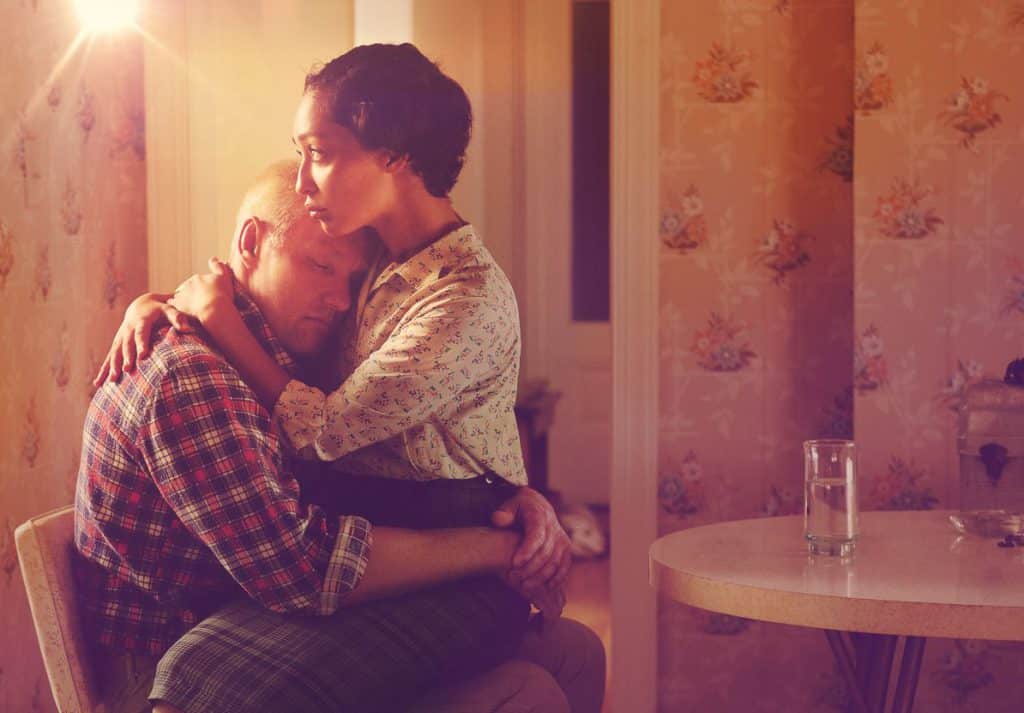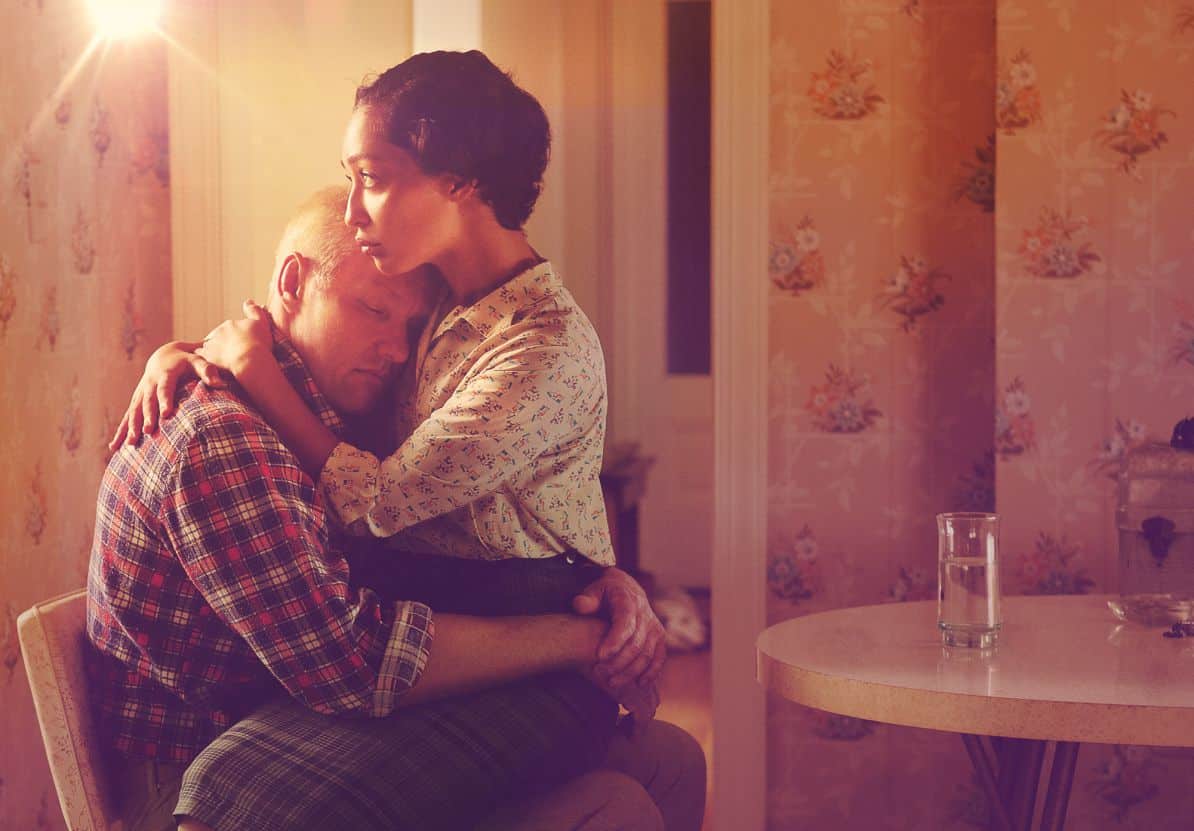
Loving: A glimpse into the racial inequalities of America’s past
Christian Segers, Assistant Editor
Loving theatric still, courtesy Focus Pictures.
Loving follows the 1967 Supreme Court verdict of Loving v. Virginia, which replaced prior laws or judicial code that made it illegal for interracial marriages to exist. It beautifully depicts the peaks and valleys that the Loving family had to traverse in a film that truly captures the imagination.
This film is based on controversial, yet historical events. Directed by Jeff Nichols and starring Joel Edgerton (Star Wars: Episode ll, Great Gatsby) and Ruth Negga (Warcraft, Marvel�s Agents of Shield), the film had every opportunity to create a screenplay worthy of its roots. The film did not disappoint.
From the second the film began, it tugged at the heartstrings. The fact that there was a day and age less than 50 years ago, where people of varying races and ethnic groups could not be happy together under the letter of the law, was sickening to begin with. If the film were to have terrible acting and rotten thematic elements, it would have still been a movie to invest time in due to its historical value.
The film followed the relationship and eventual marriage of Richard Loving and Mildred Jeter. Loving was Caucasian through and through, while Jeter was of African American decent. Although courtship proved to be stressful for the couple and highly frowned upon by those in the surrounding communities, it was only after their marriage when Mr. and Mrs. Loving technically broke Virginia state law.
As previously mentioned, it was unlawful for people of differing racial backgrounds to wed under penalty of imprisonment by local law enforcement. Consequently, once they married in Washington D.C. and returned to the Virginia countryside to build a house and life together, they were set upon and imprisoned in the middle of the night by police who said that their marriage was �no good in Virginia.� Although they were eventually released under the condition that they leave and vow to not return for a quarter-century, the Loving�s felt choked by a government that pledged freedom to every American, but in the same breath, denied it to a few.
The remainder of the movie centers around the reformative legislation that was eventually passed by the Supreme Court. The court ruled it unconstitutional to prevent the marriage of any man and woman who see fit to marry and the many twists and turns that occur before the final verdict is handed down by the court.
The acting was incredible. Emotionally speaking, the characters lived through each of the actors and actresses, in a way that allowed them to remain relatable to anyone who has ever felt wronged due to race. Edgerton and Negga both contributed to the fantastic on-screen performance. However, Negga truly stole the show.
Although there was considerably less talking involved than expected from a romantically inclined Hollywood flick, the saying that claims �actions speak louder than words� is most definitely true. For all the silence, there was a unique sense of chemistry between the two leads. It is not entirely often that Hollywood relies less on sheer superstar status than star chemistry when conducting a flick of this genre, but they finally got it right with Loving.
Aside from the historical significance, the acting and the on-set chemistry of those involved, Loving employed the incredible mind of Jeff Nichols to create a both reverent and complete moving picture of the dark times our nation once faced.
Out of all the historically driven films that have been released in the past five years, Loving ranks among the best. It is a beautifully crafted piece of art and history that yearns to be seen. With all of the civil rights activism heightening in today�s society, it is imperative that films that show the struggles of the past, do not become obsolete. A must watch.

